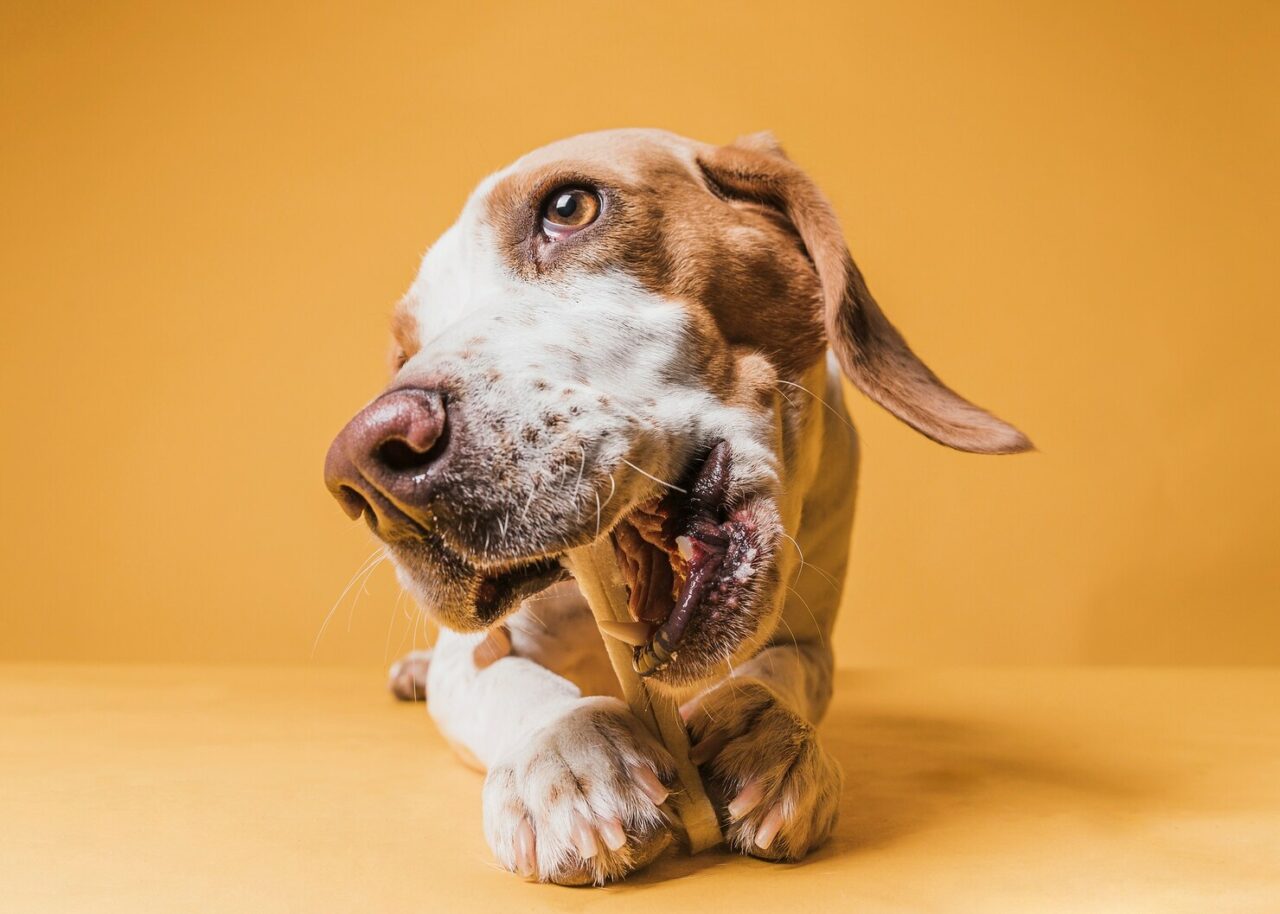When it comes to caring for our pets, it’s easy to focus on their fur, diet, and exercise. However, one often overlooked aspect of pet health is dental care. Just as in humans, good dental health plays a crucial role in your pet’s overall well-being.
In this comprehensive guide, we’ll explore The Role of Dental Health in Your Pet’s Overall Well-Being, common dental problems in pets, and steps you can take to ensure their pearly whites stay in top shape.
You may also want to read more about beer’s teeth.
The Role of Dental Health in Your Pet’s Overall Well-Being
Maintaining proper dental hygiene in your pets is more than just a matter of fresh breath. Dental health is closely linked to your pet’s overall well-being in several ways:
1. Preventing Dental Disease
Routine dental care helps prevent dental diseases such as periodontal disease, gingivitis, and tooth decay. Left untreated, these conditions can lead to pain, infection, and even tooth loss.
2. Pain Management
Oral pain from dental issues can be excruciating for your pet, impacting their quality of life. Regular dental care can prevent or alleviate pain associated with dental problems.

3. Improved Nutrition
Healthy teeth and gums enable your pet to eat comfortably. Dental issues can lead to difficulty chewing and malnutrition, affecting your pet’s overall health.
4. Preventing Systemic Health Problems
Dental diseases can have systemic effects, impacting your pet’s heart, liver, and kidneys. Maintaining dental health can reduce the risk of these complications.
5. Enhancing Longevity
Good dental care contributes to your pet’s overall health and longevity. A healthy mouth can help your furry companion enjoy a longer, happier life.
Common Dental Problems in Pets
To understand the significance of dental health, it’s essential to recognize common dental problems that affect pets:
1. Periodontal Disease
Periodontal disease is one of the most prevalent dental issues in pets. It involves inflammation and infection of the tissues surrounding the teeth. Symptoms include bad breath, swollen gums, and loose teeth.
2. Gingivitis
Gingivitis is an early stage of periodontal disease characterized by red, swollen, and bleeding gums. It can progress to more severe dental problems if left untreated.
3. Tooth Decay
Tooth decay in pets can result from poor dental hygiene and diet. Affected teeth may become discolored, painful, or develop cavities.

4. Broken or Fractured Teeth
Pets can break or fracture their teeth through accidents or by chewing on hard objects. These damaged teeth can cause pain and infection.
5. Oral Tumors
Oral tumors can affect pets, leading to discomfort and difficulties in eating. Regular dental check-ups can help detect these issues early.
6. Abscesses
Dental abscesses can form when infections spread within the tooth or surrounding tissues. They can be extremely painful and require treatment.
Signs of Dental Problems in Pets
The Role of Dental Health in Your Pet’s Overall Well-Being is Big. Recognizing the signs of dental problems in your pets is crucial for early intervention. Watch out for the following indicators:
- Bad Breath: Persistent bad breath can be a sign of dental disease.
- Changes in Eating Habits: Refusal to eat, difficulty chewing, or dropping food while eating.
- Pawing at the Mouth: Pets may paw at their mouths to alleviate pain.
- Drooling: Excessive drooling can indicate dental discomfort.
- Blood on Toys or Food: Blood on toys or in the water or food dish may suggest dental issues.
- Swollen or Bleeding Gums: Check for red, swollen, or bleeding gums.
- Loose or Missing Teeth: Teeth that are loose or missing require immediate attention.
- Facial Swelling: Swelling on the face or around the mouth can signal an infection.
- Changes in Behavior: Behavioral changes like irritability or reluctance to be touched near the mouth.
If you notice any of these signs, it’s essential to consult your veterinarian promptly.
Preventive Dental Care for Pets
Preventive dental care for pets is key to maintaining their oral health. Here are some steps you can take to ensure your pet’s dental well-being:
1. Regular Dental Check-Ups
Schedule regular dental check-ups with your veterinarian. These appointments allow for the early detection of dental issues and professional dental cleanings when necessary.
2. Home Dental Care
Establish a daily dental care routine at home. Brushing your pet’s teeth with a pet-friendly toothbrush and toothpaste is one of the most effective ways to remove plaque and prevent dental problems.
3. Dental Diets and Treats
Consider feeding your pet dental-specific diets and treats designed to reduce plaque and tartar buildup. Make sure to provide a good dog food.
4. Dental Toys
Provide your pet with dental toys that encourage chewing and help clean their teeth. Look for toys labeled as “dental” or “tooth-cleaning.”
5. Water Additives
Some water additives can help reduce plaque and promote oral hygiene. Consult your veterinarian for recommendations.
6. Dental Chews
Offer dental chews or rawhide alternatives that can help clean teeth and massage gums.
7. Monitoring Diet
Be mindful of your pet’s diet. Avoid feeding them table scraps, particularly sugary or starchy foods, as these can contribute to dental problems.
8. Avoid Hard Objects
Prevent your pet from chewing on hard objects like rocks, bones, or hard toys that could damage their teeth.
Professional Dental Cleanings
In addition to home care, professional dental cleanings are essential for your pet’s dental health. Here’s what to expect during a veterinary dental cleaning:
- Anesthesia: Most dental cleanings require general anesthesia to ensure your pet is comfortable and safe during the procedure.
- Oral Examination: The veterinarian will examine your pet’s mouth, looking for any issues that need attention.
- Scaling: Dental scalers are used to remove tartar and plaque buildup from the teeth and below the gumline.
- Polishing: After scaling, the teeth are polished to smooth the surfaces and reduce the risk of future plaque buildup.
- Extractions: If necessary, damaged or severely decayed teeth may need to be extracted.
Conclusion to The Role of Dental Health in Your Pet’s Overall Well-Being
Dental health is an integral part of your pet’s overall well-being. Neglecting their oral health can lead to pain, discomfort, and a range of systemic health issues. By practicing regular dental care at home, scheduling professional dental cleanings, and staying vigilant for signs of dental problems, you can ensure your furry friends enjoy healthy mouths and happy lives. Remember, a healthy smile leads to a happy pet!
